-
Potteries:有田焼 しん山
Large Mag Cup
Regular price ¥1,200 JPYRegular priceUnit price per¥1,650 JPYSale price ¥1,200 JPY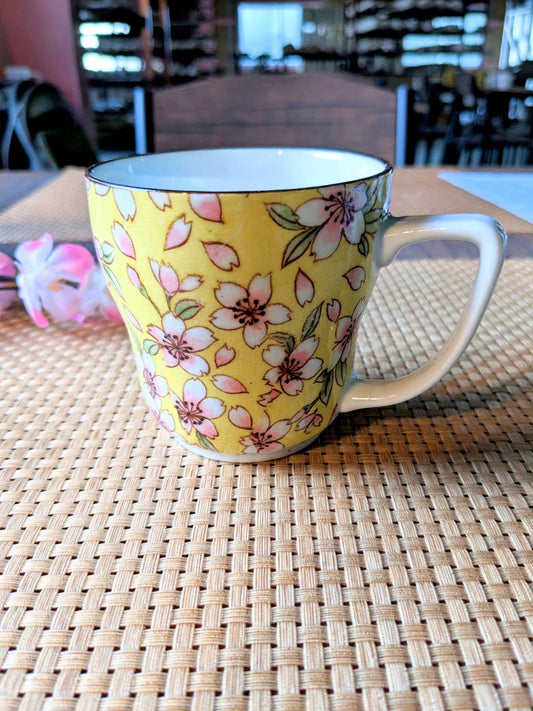 Sale
Sale -
Potteries:有田焼 しん山
Large Mag Cup
Regular price ¥1,000 JPYRegular priceUnit price per¥1,650 JPYSale price ¥1,000 JPY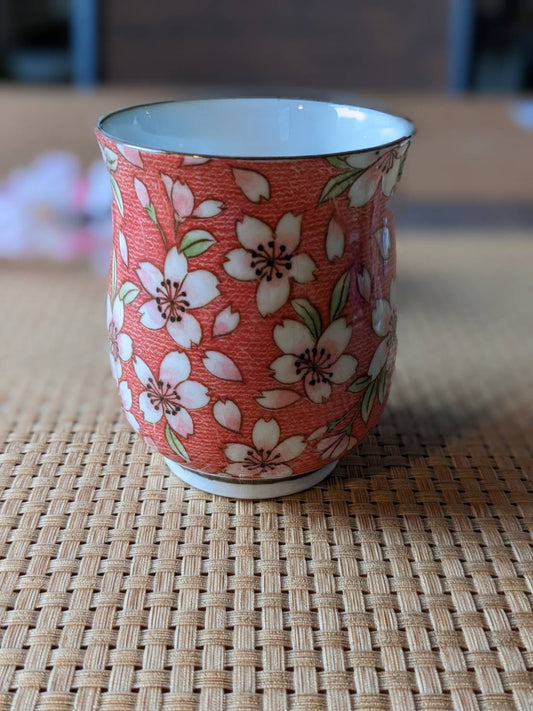 Sale
Sale -
Potteries:有田焼 しん山
Octagonal dish octagon
Regular price ¥800 JPYRegular priceUnit price per¥1,200 JPYSale price ¥800 JPY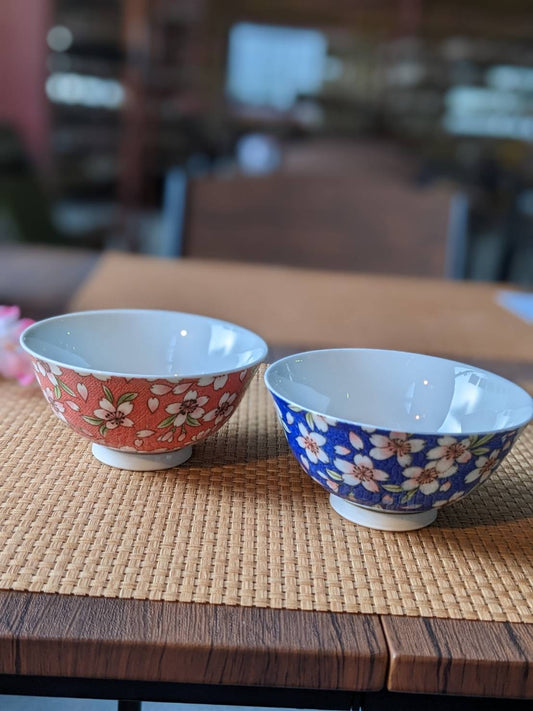 Sale
Sale -
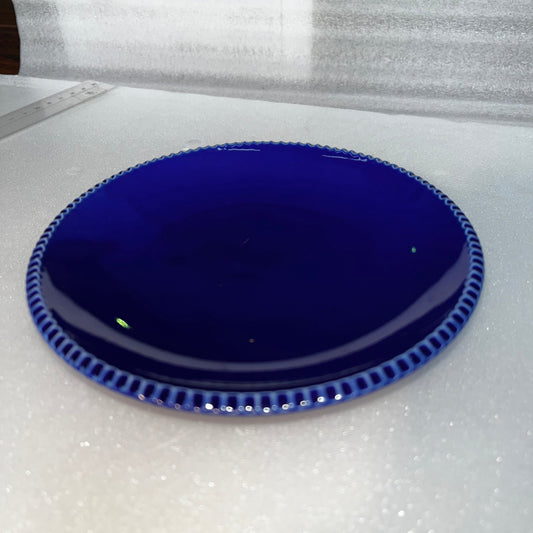
-
Potteries:有田焼 しん山
Large Mag Cup
Regular price ¥1,200 JPYRegular priceUnit price per¥1,650 JPYSale price ¥1,200 JPY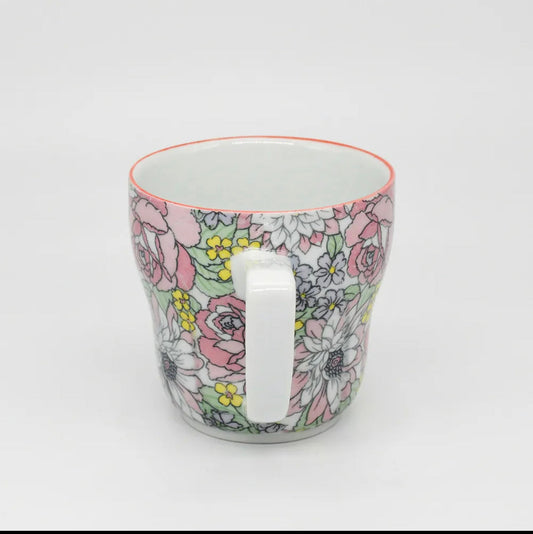 Sale
Sale -
Potteries:有田焼 しん山
Shinmaru pot (with U tea strainer) Teyer (garden red / black)
Regular price ¥2,000 JPYRegular priceUnit price per¥2,300 JPYSale price ¥2,000 JPY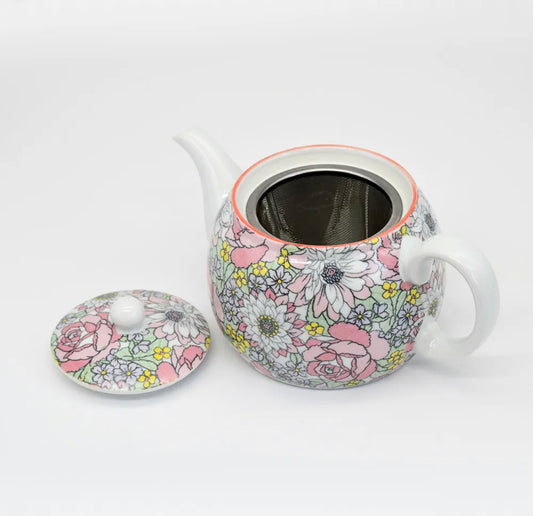 Sale
Sale -
Potteries:有田焼 しん山
Aroma Pot cassolette H8.9cm
Regular price ¥5,500 JPYRegular priceUnit price per¥5,500 JPYSale price ¥5,500 JPY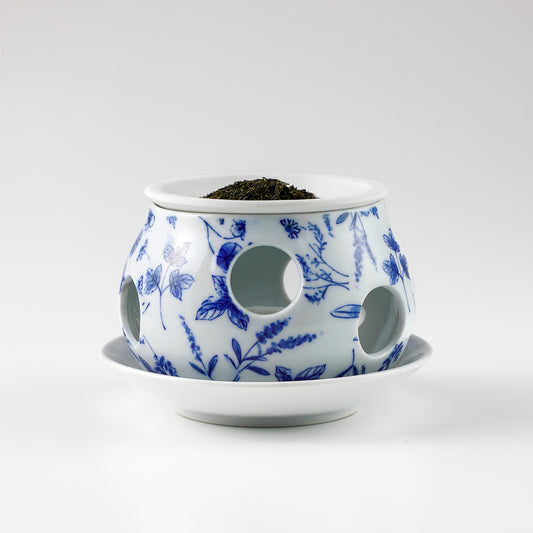
-
Potteries:有田焼 しん山
Stylish Aroma Pit Casoretto H11.5cm
Regular price ¥5,000 JPYRegular priceUnit price per¥0 JPYSale price ¥5,000 JPY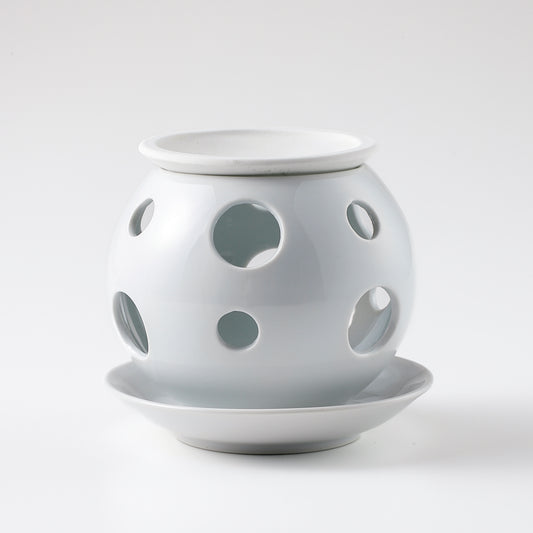
-
Potteries:有田焼 しん山
婦人公論 特製 茶香炉 カソレット(茶葉皿2枚・贈答包装・送料込) H 11.5cm
Regular price ¥8,800 JPYRegular priceUnit price per¥8,800 JPYSale price ¥8,800 JPY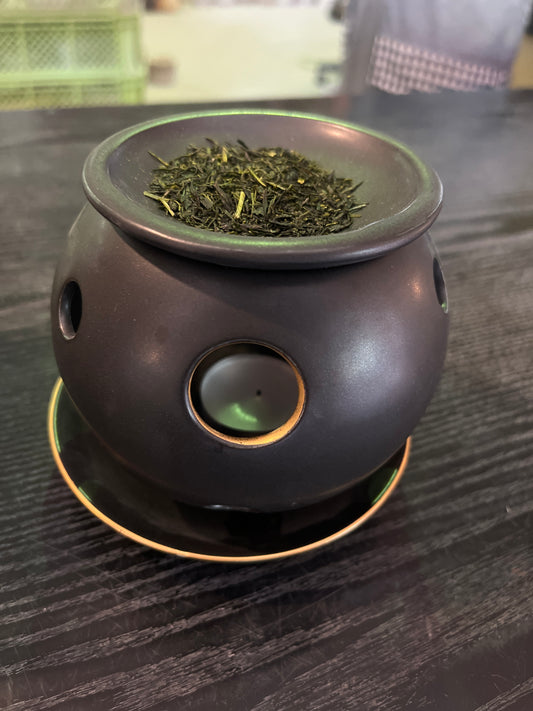
-
Potteries:有田焼 しん山
すたいりっしゅ茶香炉(マット調)カソレット H 11.5cm
Regular price ¥6,000 JPYRegular priceUnit price per¥0 JPYSale price ¥6,000 JPY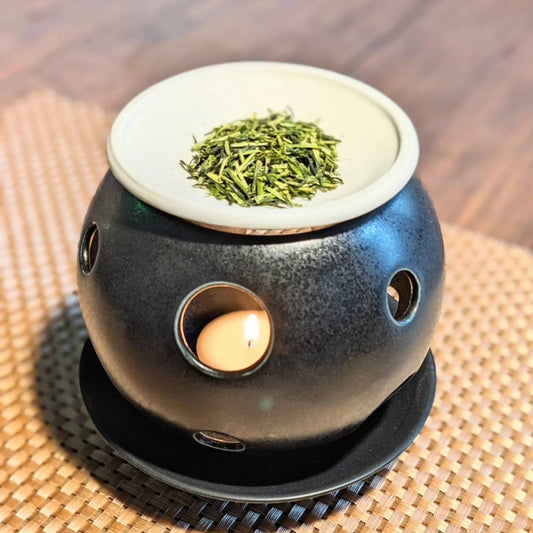
-
Potteries:有田焼 しん山
Large Mag Cup
Regular price ¥1,200 JPYRegular priceUnit price per¥1,680 JPYSale price ¥1,200 JPY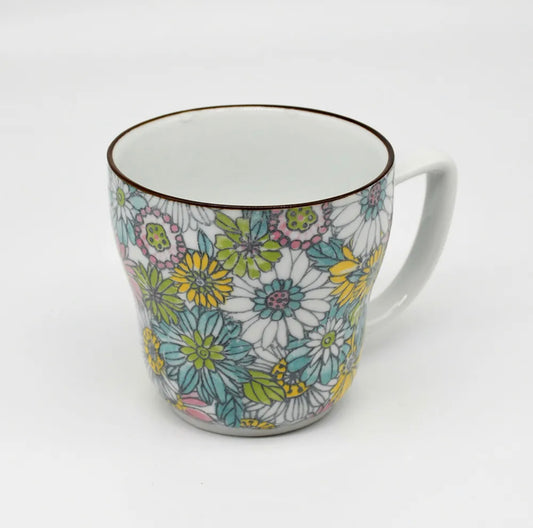 Sale
Sale -
Potteries:有田焼 しん山
Shinmaru pot (with U tea strainer) Teyer (Florence)
Regular price ¥2,000 JPYRegular priceUnit price per¥2,300 JPYSale price ¥2,000 JPY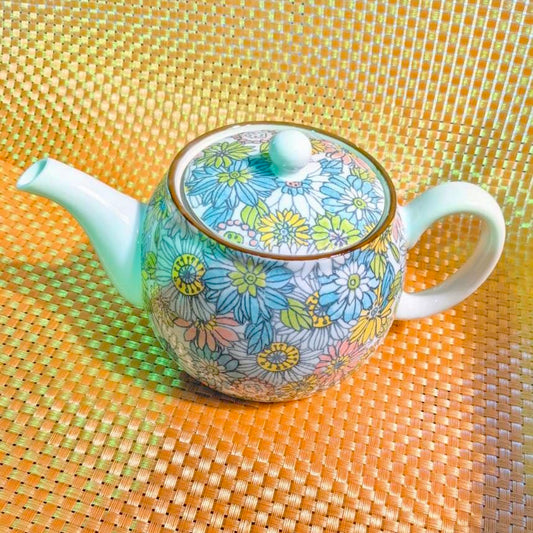 Sale
Sale -
Potteries:有田焼 しん山
IGE plate 15.5cm
Regular price ¥2,300 JPYRegular priceUnit price per¥2,300 JPYSale price ¥2,300 JPY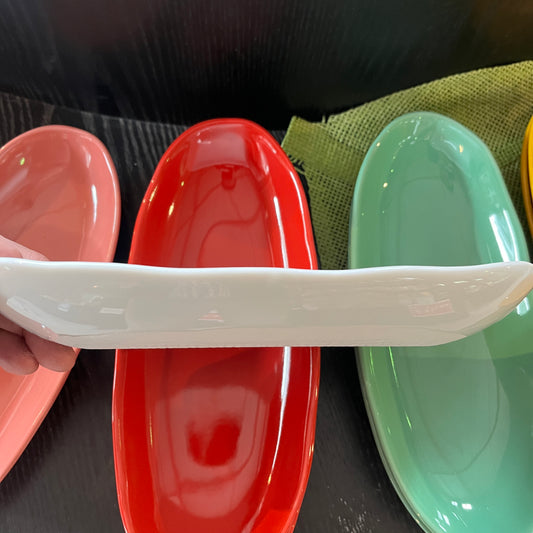
-
Potteries:有田焼 しん山
Large Mag Cup
Regular price ¥1,200 JPYRegular priceUnit price per¥1,650 JPYSale price ¥1,200 JPY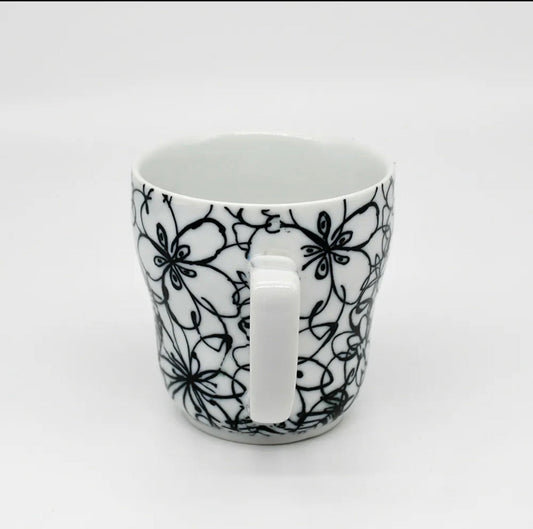 Sale
Sale -
Potteries:有田焼 しん山
Octagonal dish OCTAGON
Regular price ¥500 JPYRegular priceUnit price per¥600 JPYSale price ¥500 JPY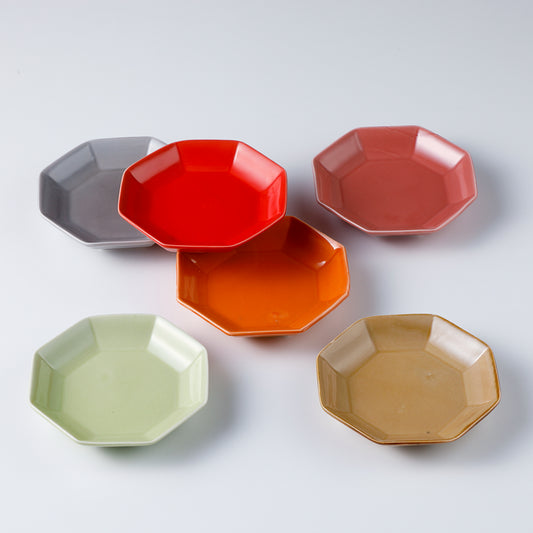 Sale
Sale -
Potteries:有田焼 しん山
Modern teapot Teyer (Shiro)
Regular price ¥2,500 JPYRegular priceUnit price per¥2,500 JPYSale price ¥2,500 JPY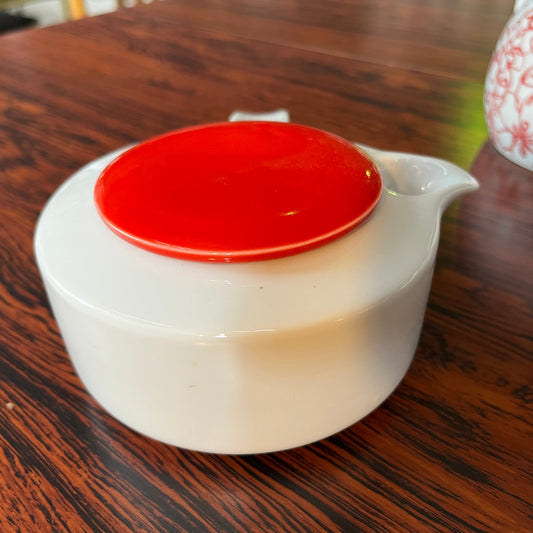
-
Potteries:有田焼 しん山
New Maru Pot Tayer Garden Series
Regular price ¥2,000 JPYRegular priceUnit price per¥2,300 JPYSale price ¥2,000 JPY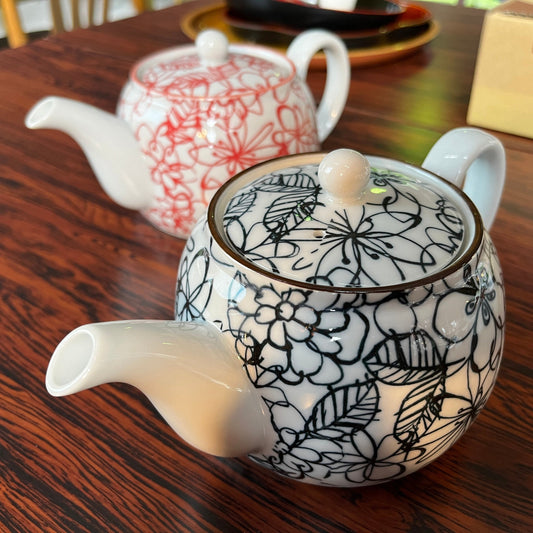 Sale
Sale -
Potteries:有田焼 しん山
Wide mouth pot (with U tea strainer) Teyer (Florence)
Regular price ¥2,500 JPYRegular priceUnit price per¥3,000 JPYSale price ¥2,500 JPY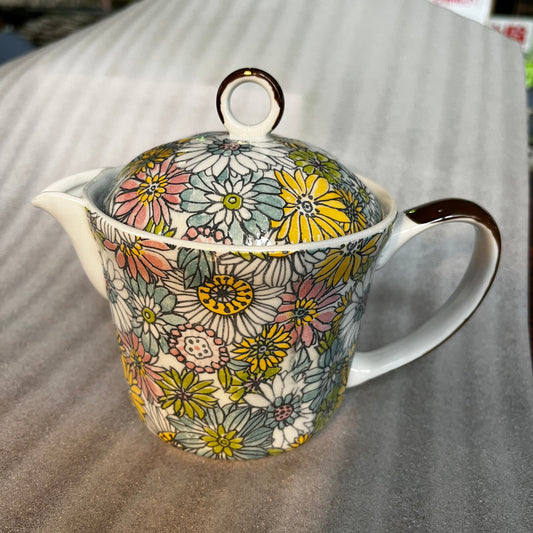 Sale
Sale -
Potteries:有田焼 しん山
IGE plate 10.5cm
Regular price ¥600 JPYRegular priceUnit price per¥600 JPYSale price ¥600 JPY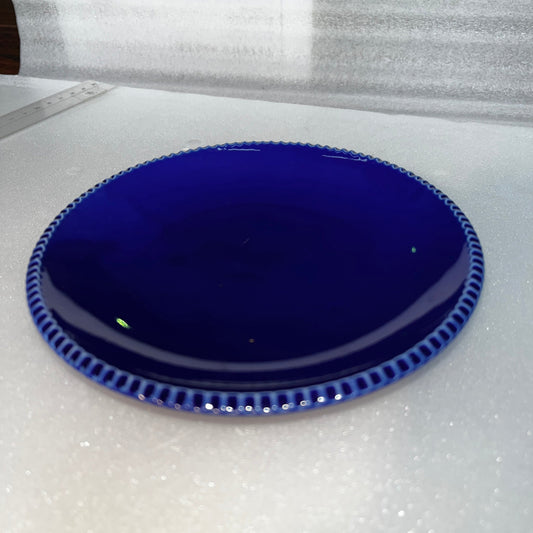
-
Potteries:有田焼 しん山
Wide mouth pot (with U tea strainer)
Regular price ¥2,500 JPYRegular priceUnit price per¥3,000 JPYSale price ¥2,500 JPY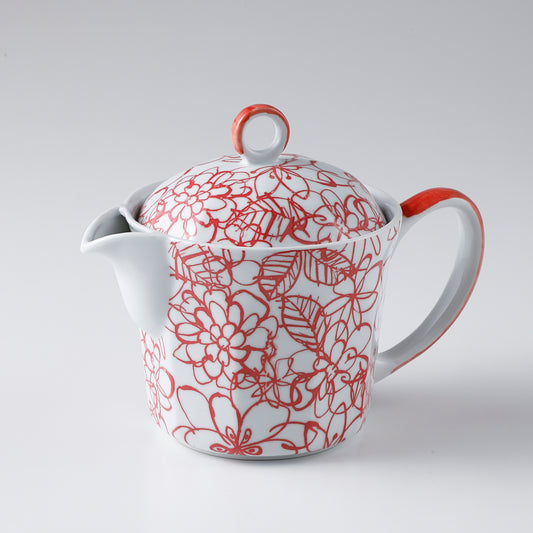 Sale
Sale -
Potteries:有田焼 しん山
Smart chopstick rest Lupo 8.2cm
Regular price ¥350 JPYRegular priceUnit price per¥350 JPYSale price ¥350 JPY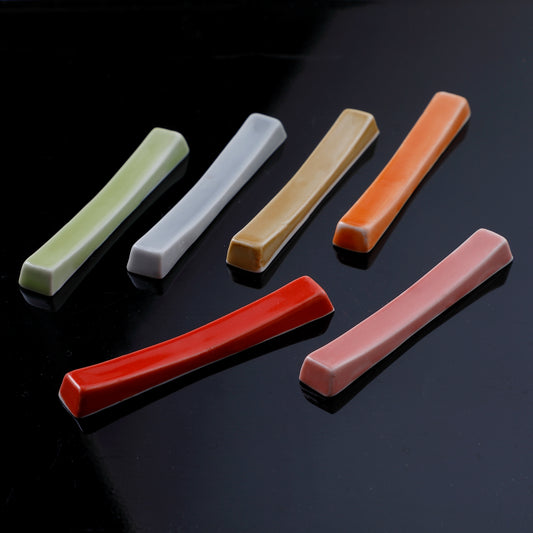
-
Potteries:有田焼 しん山
Guratan Plate ASHIET
Regular price ¥2,000 JPYRegular priceUnit price per¥2,000 JPYSale price ¥2,000 JPY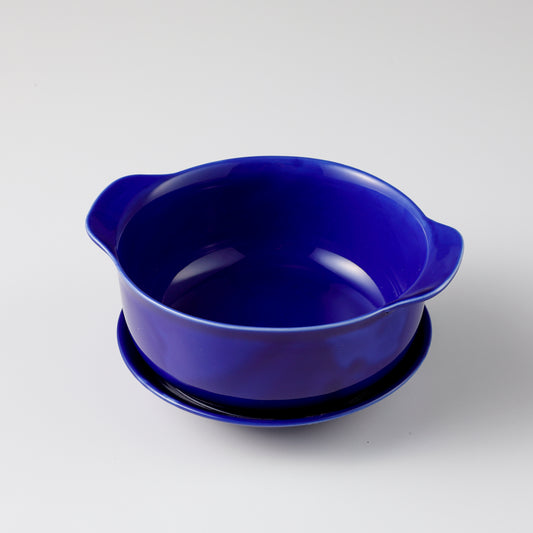
-
Potteries:有田焼 しん山
Soup cup TASSE 13.5cm
Regular price ¥1,500 JPYRegular priceUnit price per¥1,500 JPYSale price ¥1,500 JPY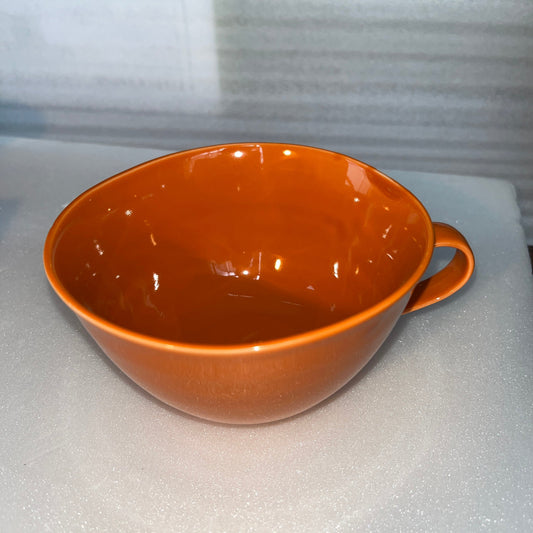
-
Potteries:有田焼 しん山
Mishina Plate Hachette
Regular price ¥1,500 JPYRegular priceUnit price per¥2,200 JPYSale price ¥1,500 JPY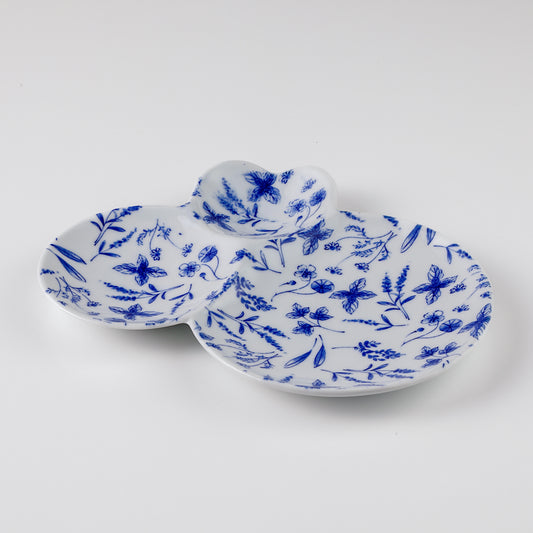 Sale
Sale



























